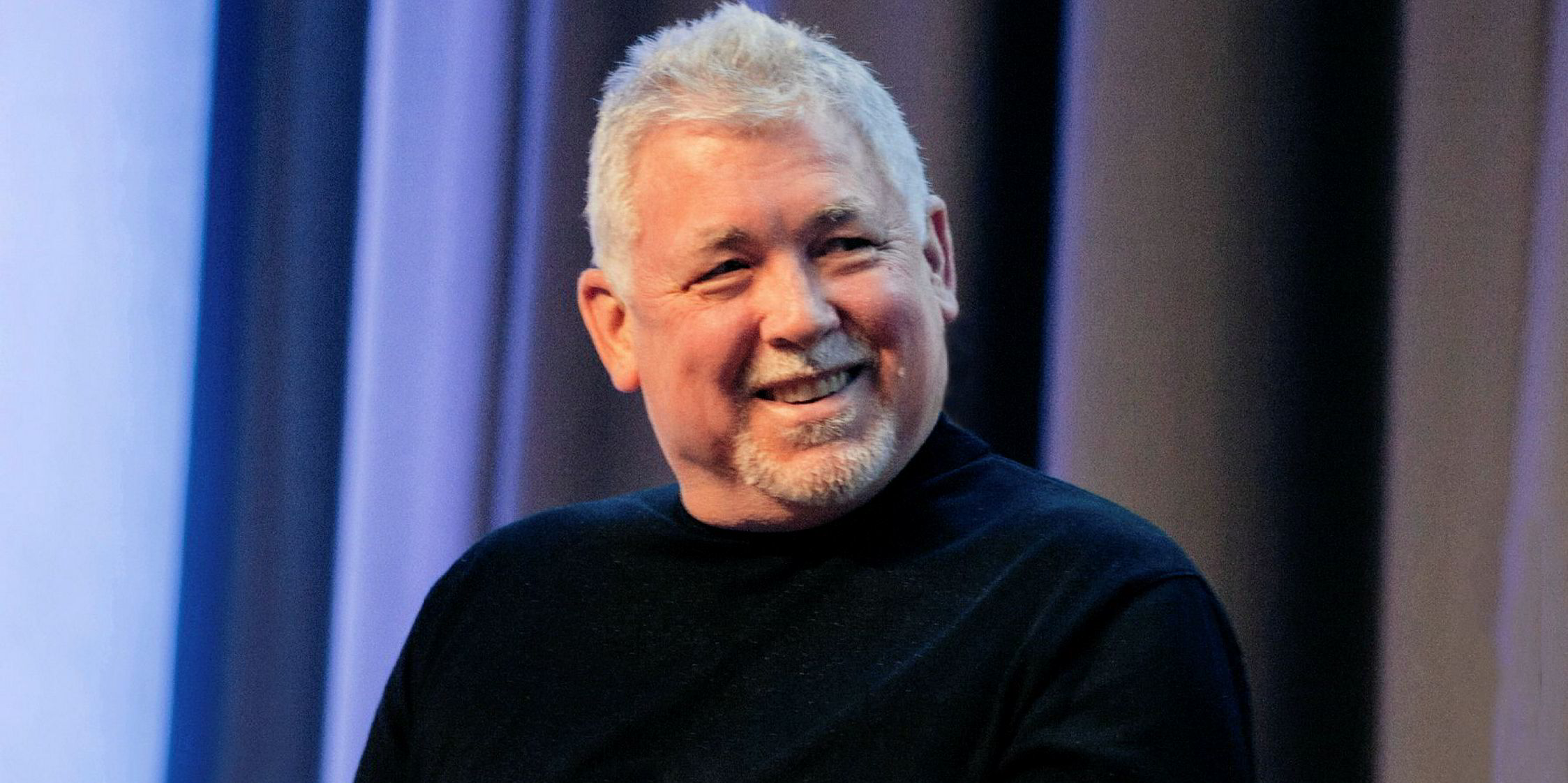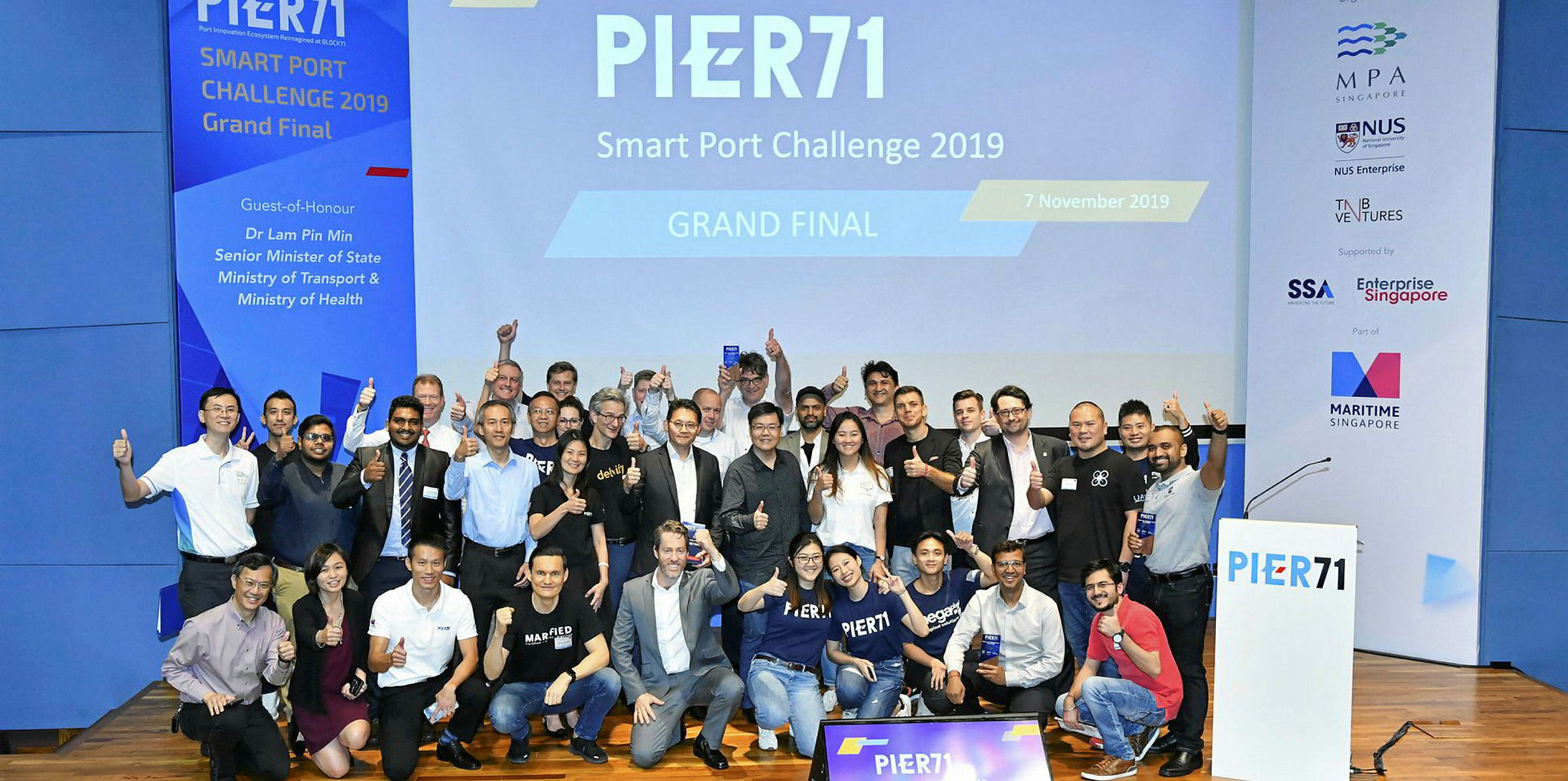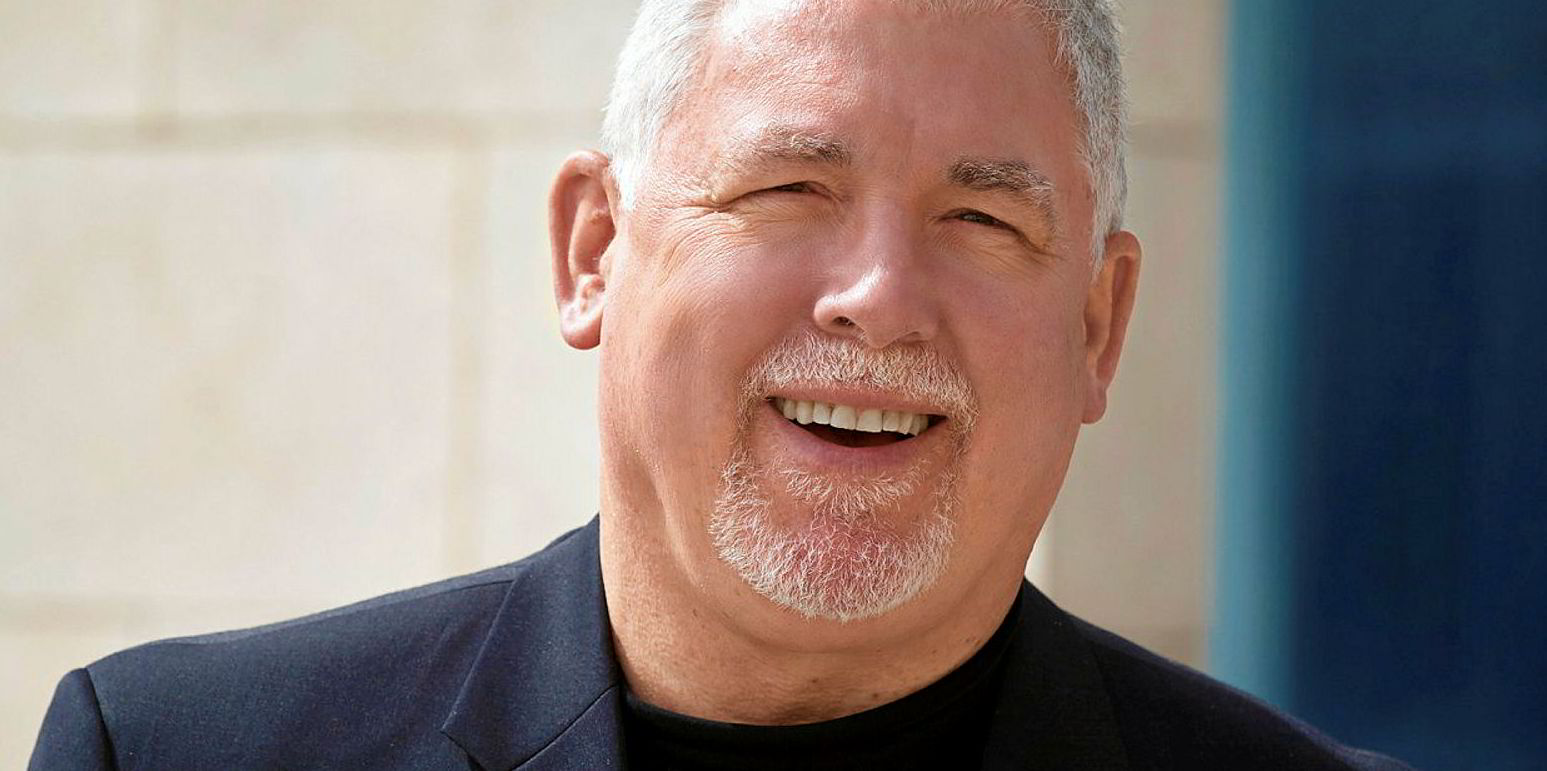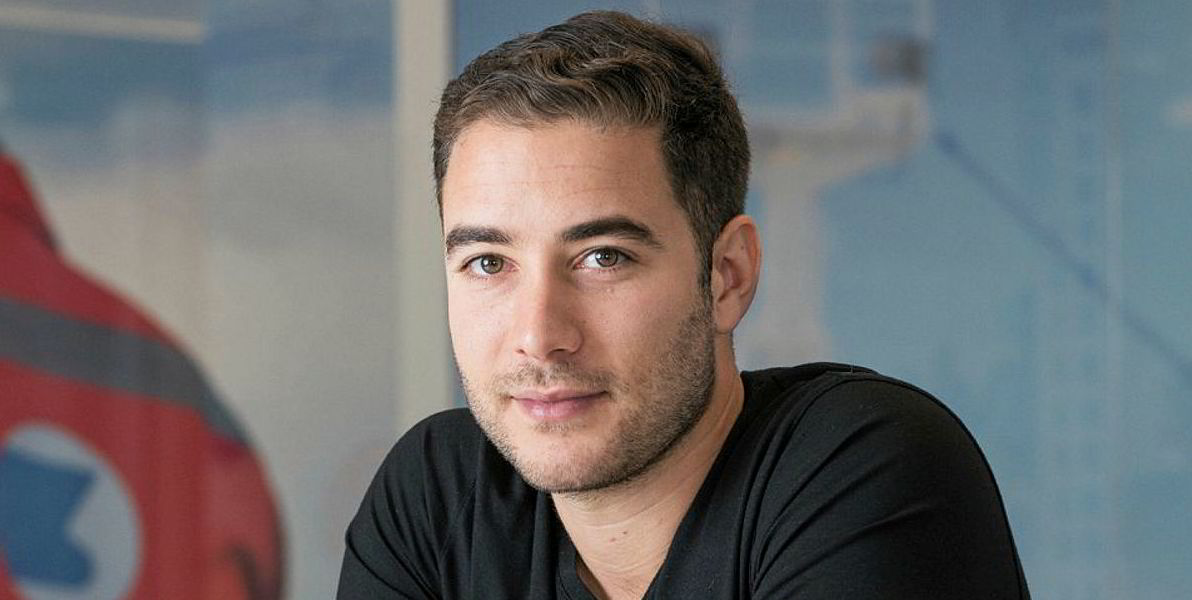Mention digitalisation to most shipping company executives and it is likely they will emit a loud groan. Grudgingly recognising it as a necessary evil, they might bemoan how fragmented the industry’s digitalisation drive has become and how confusing it all is.
Wallem Group chief executive Frank Coles last month described digitalisation as a hazy picture for shipowners, who have a foggy perception of what is available and how it fits together.
“I believe a lot of owners are resisting this [digitalisation] as the case has not been properly made," Coles said. "They are aware of the need for more efficiencies, of environmental issues, but the overall idea of a fully digitalised industry has not been fully appreciated by owners simply because suppliers have failed to make the case.”

Two leaders of PIER71 — a Singapore-based accelerator that is a strategic collaboration between the Maritime and Port Authority of Singapore and the National University of Singapore (NUS), through its entrepreneurial arm, NUS Enterprise — are hoping that this will change.
A need for transparency
NUS deputy president Professor Freddy Boey and NUS Enterprise programme director Mark Lim suggest that better industry cooperation and openness would go a long way to help shipping put together the pieces of the jigsaw that it is presented with today.
Lim suggested that part of the problem lies with the lack of transparency within the industry.
I think that the future, as far as innovation goes, what legacy you have can be an impediment
NUS deputy president Professor Freddy Boey
“The maritime industry is very closed up and I think the complexity comes because there is no one fixed business model," he said. "Parties are very reluctant to change, and it is not easy to make one change let alone change the whole thing. A big ship takes time to turn.”
Boey said this attitude will change as the industry recognises the need for more collaboration.
“Comparing industry to industry, shipping is late on arrival," he said. "Micro-electronics, aviation and other industries have gone through this consortium thing and they have managed to find a niche where they can agree on some common things and then have their own secrets.
"I think the shipping industry needs to understand people have done it. They don't need to remain in the backwaters.
Boey and Lim happily point out that this attitude is starting to change, in part due to tech accelerators.
“Those that take part in the PIER71 programme are the more open ones and they come with the understanding that they want to innovate, that they are looking for innovation, and they are willing to be open,” Lim said.
Drive for innovation
Boey noted that in recent years, there have been a lot of these maritime-specific accelerators taking place all over the world, including a number coming from corporate entities such as Wartsila, CMA CGM and Eastern Pacific Shipping.
“There suddenly seems to be quite a high intensity of innovation programmes," he said. "The industry is starting to become more cooperative. It is knocking on our door, which is good news."
Lim suggested that every industry will have a period of disruption and will see tremendous change with new ways of doing things, with low cost and high margin. The maritime industry is no exception.
“It has been long enough for the industry to be at the current stage," he said. "I think it is high time to look for innovation.”
Boey said the industry avoids being caught in a legacy trap.
"You don't drive your car in the rear-view mirror, so I would say don't drive your ship in a rear-view mirror," he said.
"I think that the future, as far as innovation goes, what legacy you have can be an impediment. There are going to be changes and these changes are inevitable. Looking at it is one thing, but you really have to take some risk and dive in today.”








